Are Mikimoto Pearls the Best? Do They Hold Their Value?

Mention "Mikimoto," and you invoke flashbacks of beautiful, lustrous pearls seductively tied around a lovely neck.
We think grandeur.
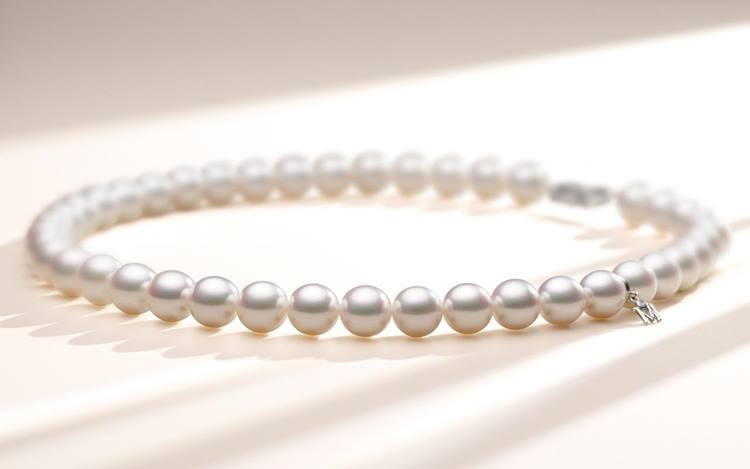
We think luxury.
In truth, as a jewelry designer who has worked with pearls for more than two decades, I still get asked many questions about the Mikimoto pearl brand all the time. This article shall discuss why Mikimoto pearls hold so much value.
What are Mikimoto Pearls?
I know what you must be thinking now: are you "Mikimoto pearls" pearl types? What kind of pearl types are they?

The answer is no. Mikimoto pearls are a brand name originating from Japan. That said, Mikimoto pearls are the world's leading manufacturer of high-quality cultured pearls and the sole producer of gorgeous and lustrous Japanese Akoya pearls. The Akoya pearl is a relatively small cultured pearl cultivated around the cold waters of the Pacific Ocean, especially in Japan. They also sell and produce other pearls, including the South Sea and Tahitian.
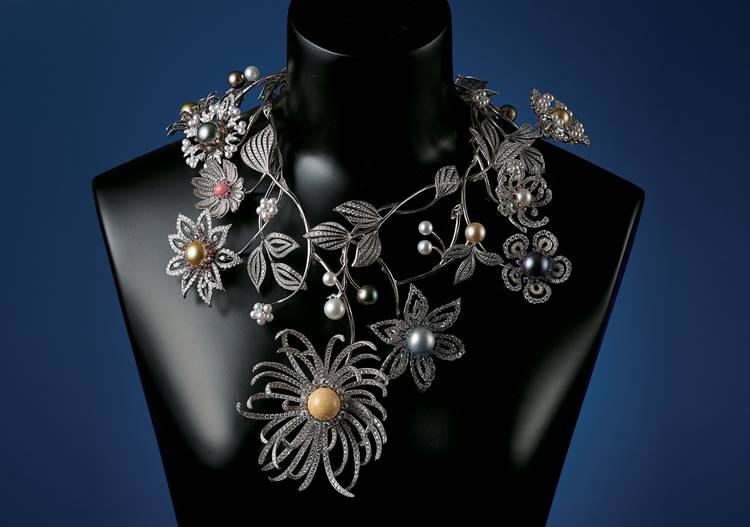
The name Mikimoto comes from Kokichi Mikimoto, the Pearl King, who dedicated his life to pearls. He made history in 1893 when he successfully created the world's first cultured pearls.
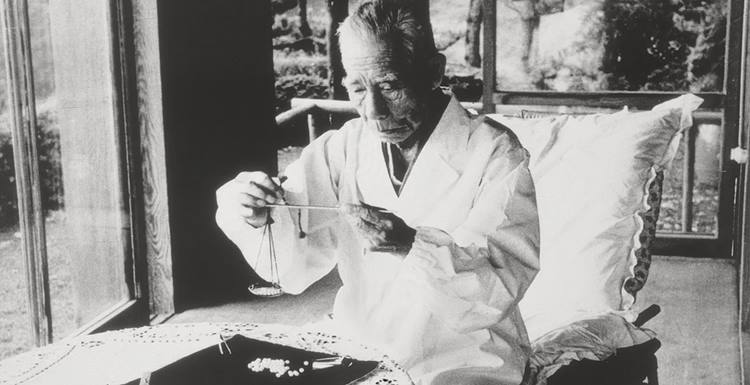
Consequently, Mikimoto's pearl jewelry established a worldwide reputation for its stunning beauty and skillful artistry by the time Mikimoto died in 1954. Today, the Mikimoto brand maintains these standards of excellence, leading in their contribution to famous jewelry pieces(including necklaces & rings) and continuous acknowledgment among pearl jewelry aficionados.
Where do Mikimoto pearls come from?
Today, each Mikimoto pearl is harvested from the sea in the bays of ise, Honshu, Japan. So how did it start?

The first child of a native noodle seller, Kokichi Mikimoto, was born on January 25, 1858, in the Japanese town of Toba. At 11, he had to quit school and sell vegetables to help support the family when his father fell sick. Mikimoto pursued his future and found himself in the bays of its - natural pearls were discovered in his town, commanding high prices and being taken without constraint till they grew scarce with each passing year.
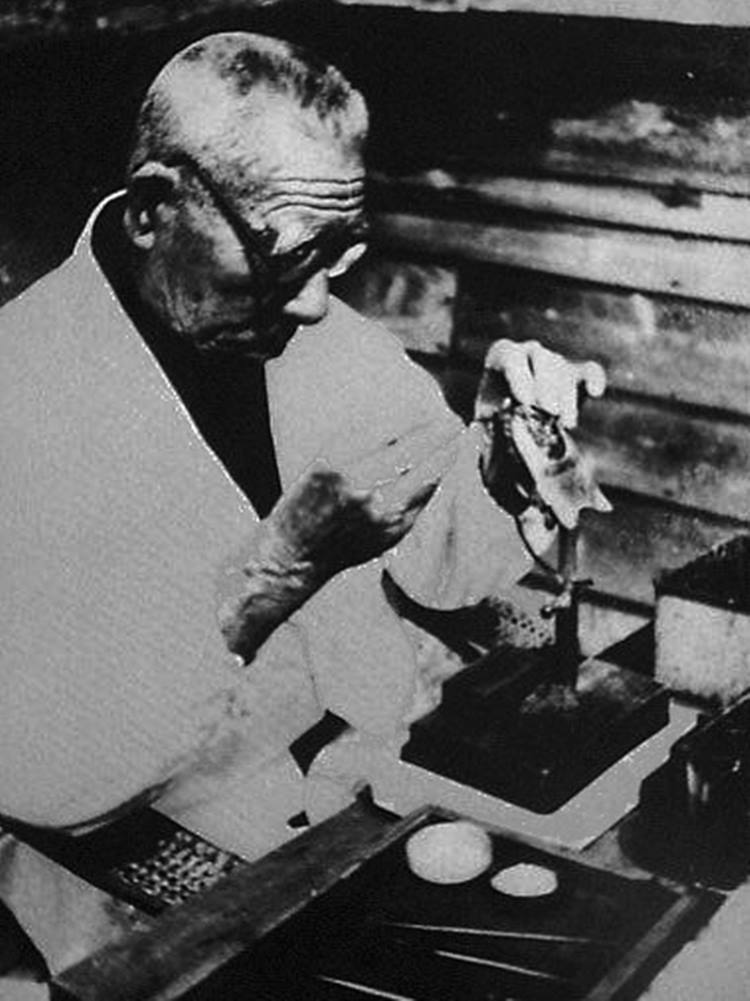
As soon as Mikimoto noticed the dwindling supply of natural pearls, he devised a solution: cultured pearls. Since then, natural pearls have vanished from circulation, while Kokichi Mikimoto's dream of "adorning the necks of all women around the world" with pearls lives on.

Mikimoto – troubled by the pearl industry's disdain for color, form, and quality. He discovered that Akoya oysters developed the world's best pearls. After this, he developed and tried techniques of injecting particles into the oysters that would aid in the formation of brilliant, perfectly spherical jewels, which proved successful. Then he made a breakthrough in 1893 after many years of fruitless efforts and calamities after he and his wife cultivated the company's first-ever pearl.

However, it wasn't a smooth and easy journey for him. In 1896, he patented his unique technique for cultivating pearls – however, his work was ridiculed and disregarded. Fast forward to 1921, a London-based newspaper published a story saying that his pearls were replicas of the real thing, insisting that it was wrong to call them pearls. Kokichi Mikimoto turned this around in his favor after filing and winning a court case in Paris, which inadvertently made him famous.
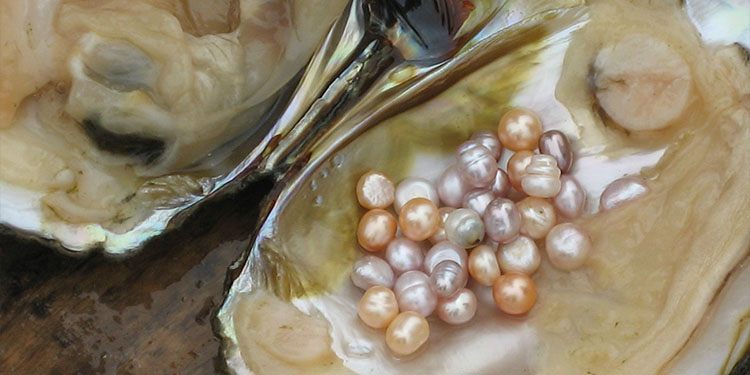
Today, Japan is regarded as the source of the world's finest stunning Akoya pearls due to the work of Kokichi Mikimoto. He never gave up on his desire and worked hard till he died in 1954 at 96.
What is Mikimoto Pearls' signature product?
Akoya pearls

Akoya pearls are exquisite cultivated seawater pearls. They are made from the enigmatic Akoya oyster, also known as Pinctada fucata. These beautiful and rare pearls are predominantly grown in Japan. However, they have recently been detected in various parts of the Pacific Ocean, including Australia, China, Thailand, and Vietnam. Because of their immaculate round shapes, bright mirror-like shine, and neutral colors, Akoya pearls are considered the classic pearls used in necklaces and other jewelry.
Why are Mikimoto pearls so unique?
Today, more than a century after the discovery of cultured pearls, Mikimoto is the world's leading manufacturer and designer of high-quality jewelry. But what makes them so unique?
Rarity
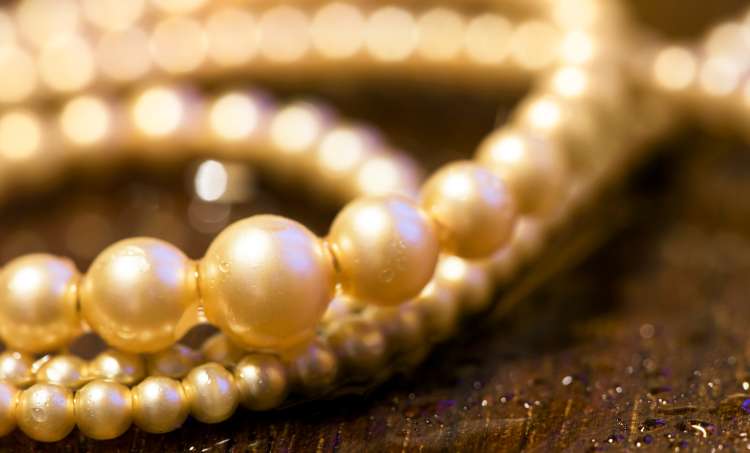
Mikimoto pearls are so rare in the market, which can be attributed to the slow pace they are cultivated compared to other pearl types. Only about 20% of the total harvest of Mikimoto pearls meets the high-quality standards to be forged into jewelry. Inside that 20%, only about the top 10% pass the final test using their grading system.
Mikimoto classifies its pearls as A, A+, AA, and AAA Quality, the highest/best pearl quality. Their AAA Quality Akoya is so scarce and costly that only 1-2 strands are manufactured yearly.
Luster
Mikimoto pearls are spectacularly lustrous, with an almost perfect "mirror-like" reflection. This can be credited to the cold waters of the Pacific Ocean in combination with the extended amount of time Mikimoto pearls remain in their oysters. For this reason, Mikimoto pearls are unrivaled in the pearl industry for their incredible luster.

Design
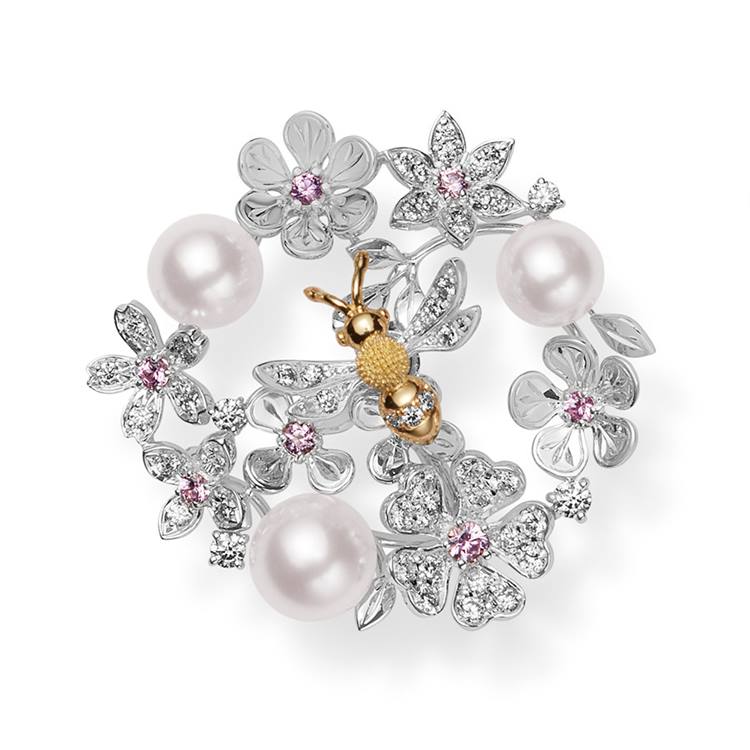
Another factor that makes the Mikimoto pearls unique is the degree of design that goes into producing the jewelry. Whether a modest earring or an elegant necklace, the plan is outstanding and elite, ensuring Mikimoto is the most unique and high-end brand in the world.
Resale Value

Authentic Mikimoto pearls are widely valued and continue to command high resale values. Mikimoto pearls keep their worth as long as they are in good condition and have the accompanying clasp, package, and documentation. It is natural for pearls to wear with time, particularly if they are not properly stored. Take proper care of your pearls, and they will last longer.
What do Mikimoto pearls cost?
Mikimoto Akoya pearls may cost anywhere from $300 for a couple of 7 mm studs to more than $500,000, based on the catalog and the quality of the pearls.
Expect to pay between $3,000 and $7,000 for 5.0mm - 8.5mm pearls, with finer quality costing much more.

A poorer quality (A+) grade pearl necklace may cost between $3,000 and $7,000, whereas perfect AAA-grade pearls can cost thousands of dollars.
The most sophisticated pearl types, like Tahitian and South Sea pearls, cost around $8,000 for the cheapest pearl necklaces.
How to identify Mikimoto pearls?
Trademark
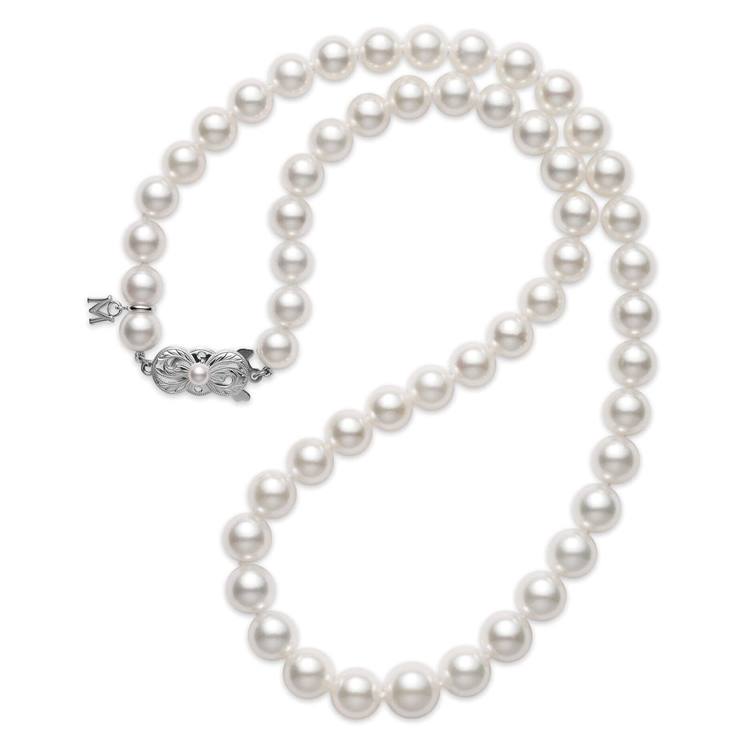
You can easily find the Mikimoto name, trademark M, silver, or golden bank on all genuine Mikimoto jewelry. Trademarks on silver-like products (the most popular ones) can range from S to SIL to Sterling to Silver to 950.
A genuine piece of Mikimoto jewelry will permanently be stamped with the brand's distinctive signature.
According to their website, you can identify trademarks in the following ways:
● Necklaces and bracelets: the back of the clasp. They are also fitted with a signature M charm. As the clasp is the only place in a strand or bracelet where the Mikimoto trademark is engraved, it is impossible to appraise a strand or a bracelet as genuine Mikimoto without it.
● Earrings: on the post, earring nuts, or back of earrings
● Rings: inside the shank
● Pendants: on the back of the bail
● Brooches: on the underside of the brooch

General pearl quality
Seek clarification regarding the grade of the Mikimoto pearl. Given that there are four Mikimoto classes, the pearls in question will not be genuine Mikimoto pearls if they do not fit into one of them. Ascertain if they are AAA, AA, +A, or A. Mikimoto pearls will be almost perfectly round, with no defects or imperfections. The nacre will be exceptional, thick, rich, and shiny. Mikimoto pearls exist in sizes from 3 to 10mm, depending on the size of the original oyster. The pearls in the piece of jewelry will not change color. Mikimoto's antique jewelry was often adorned with cream to white pearls.
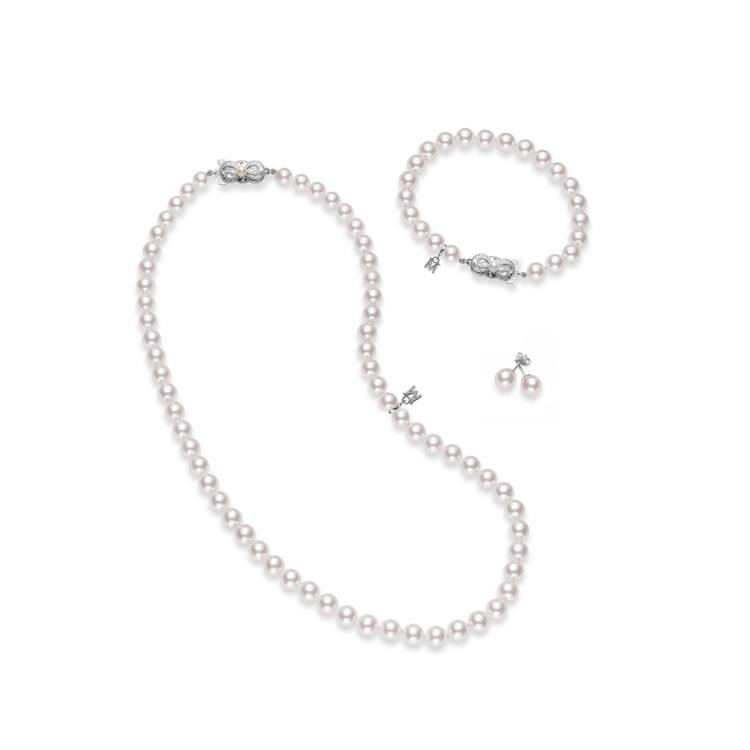
Certification agency
A box or certificate is insufficient to ensure authenticity. Certifications can easily be faked or bought without the pearls on eBay.
The tooth test
Another effective way to tell if a Mikimoto pearl is genuine is a tooth test. Rub the pearl on your tooth. The pearls will feel rough and gritty if they are real. If the pearls are counterfeit, they will feel very smooth.
Where to buy Mikimoto pearls?
Traditional Retail

You can find vintage Mikimoto jewelry on eBay and 1st Dibs, Ruby Lane, and Etsy.


1 Comment(s)
So gad I found this information. Gives a lot of insight. I was told a couple years back by a Antique shop Owner " Pearls are not selling"
since they now have fresh water Pearls.
Leave a Comment